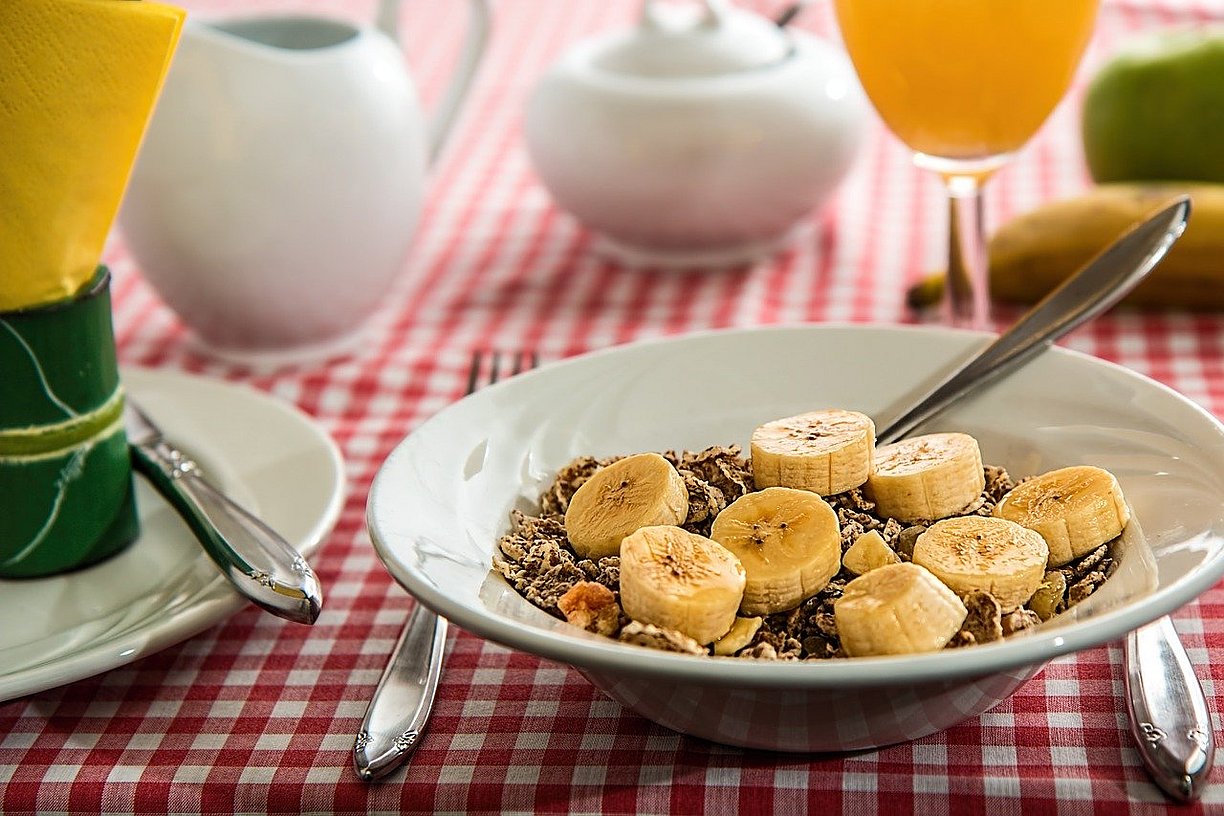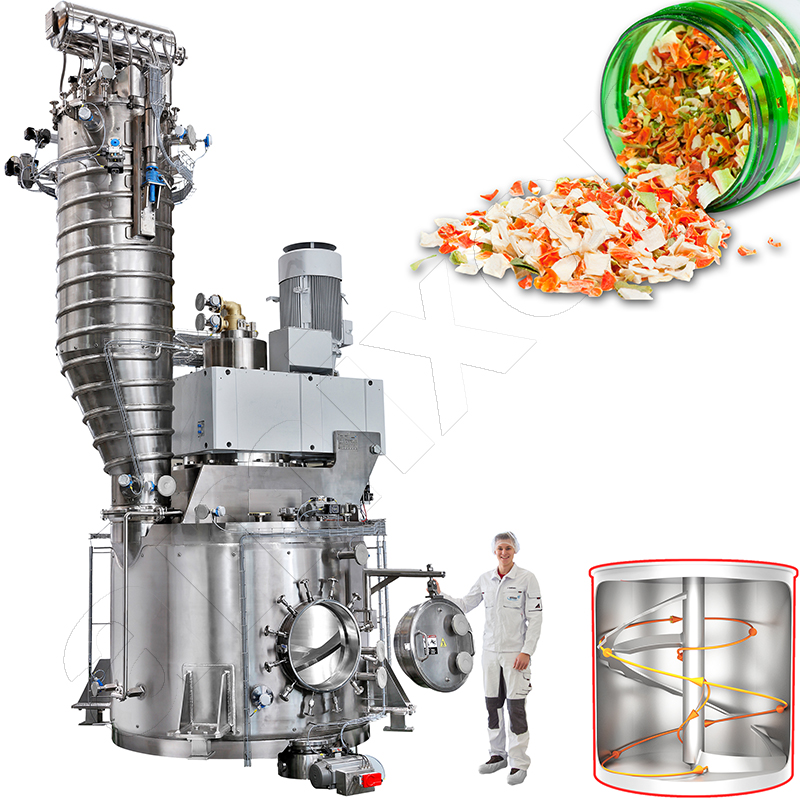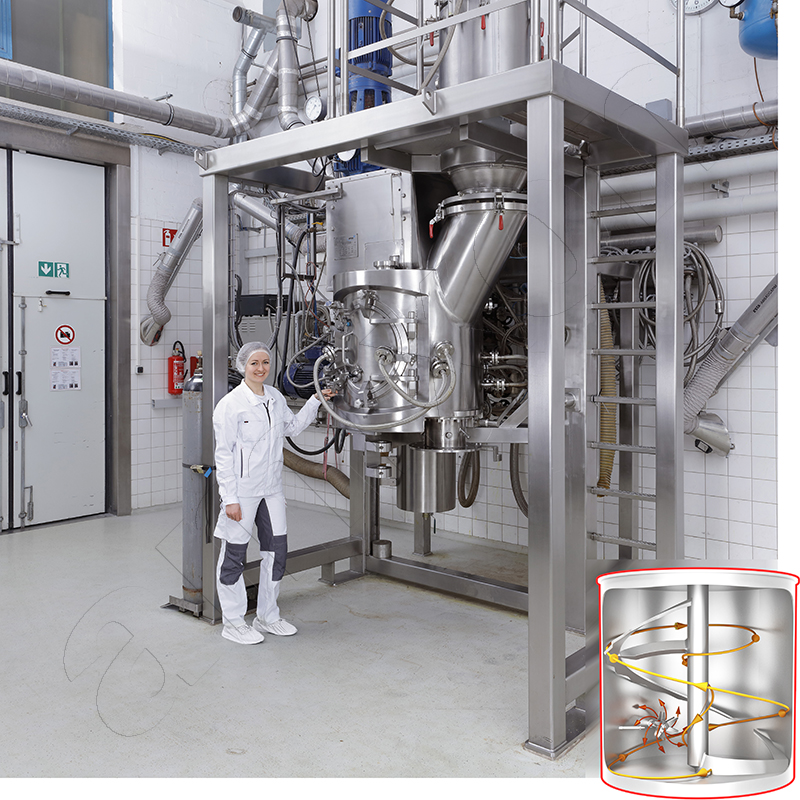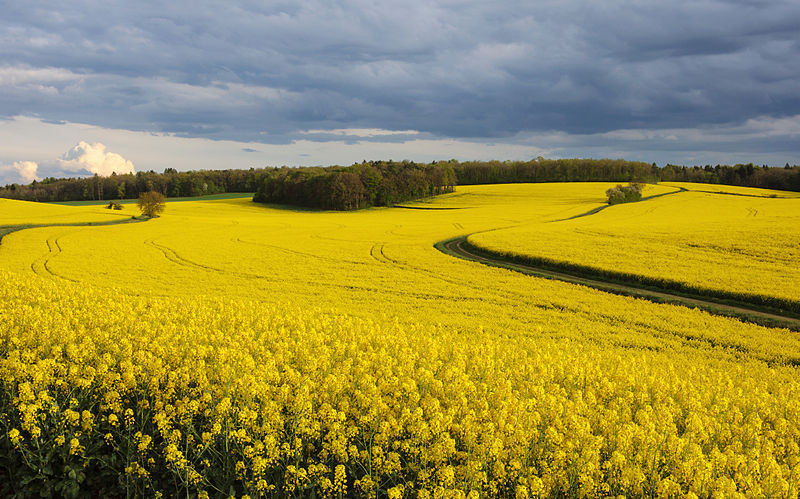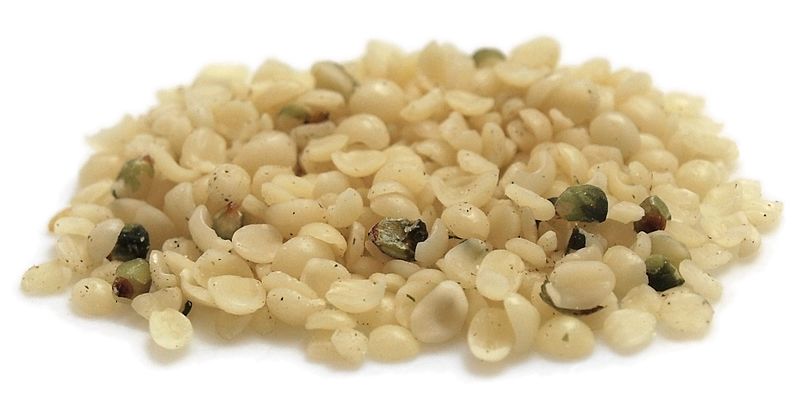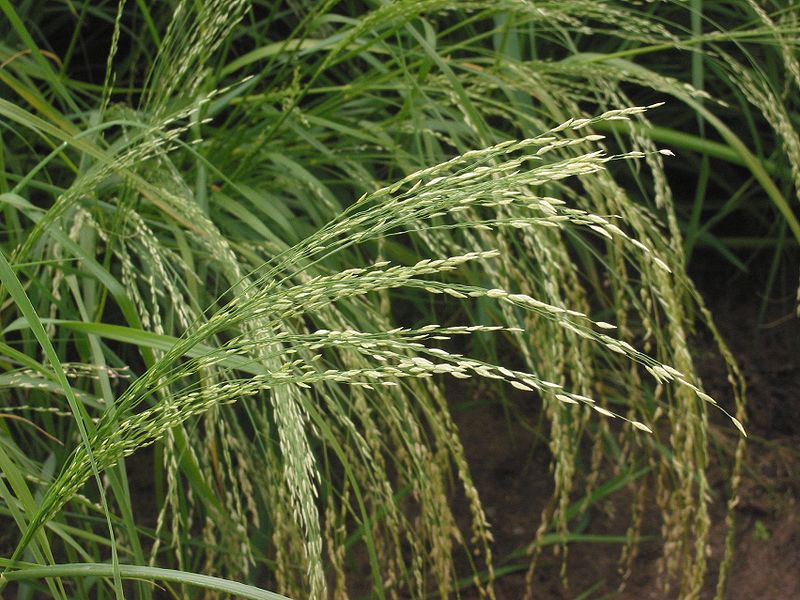5 Powdery Plant-Based Proteins that will Feed the World of Tomorrow
There are more than 25,000 species of edible plants on earth, but only a few hundred of them are used for our nutrition. The so-called cultivated plants form the basis for feeding the world's population.
Manufacturers of plant-based foods are constantly on the lookout for new options for healthy, ethically acceptable and tasty ingredients. amixon® Mischtechnik supports this quest with modern pilot plants and processing plants.
Old favourites are often rediscovered. Flavours, nutrient combinations, wellness and healing effects.
Particularly in powder form, plant-based derivatives are highly versatile and can be easily integrated into a wide range of recipes. However, every additional ingredient poses new challenges for powder processing. Due to the different physical properties of the various powders, high-performance mixing systems are required to produce high-quality plant-based foods in large quantities.
There are indications that other powdered plant-based foods could play a greater role in the future.
amixon® supports you in product and process development
Anyone who develops new products knows that they are constantly breaking new ground. It can be helpful to conduct trials to clarify critical questions at an early stage:
- Does my process, which works in the laboratory, also work on a technical scale?
- Is my process scalable when it comes to large production volumes?
- Is my process economical?
- Is a continuous process preferable to a batch process or vice versa?
- Can I get helpful input from equipment manufacturers if I use their pilot plant?
Powder mixer, fermenter, sterile reactor
The quality of the powder mixer, fermenter or steriliser plays a crucial role when it comes to bringing old, forgotten grain varieties and seeds to the consumer market.
This usually involves the production of vegan food, the production of meat substitutes or the preparation of food supplements.
- Sterilisation of potentially contaminated raw materials
- Improvement of the biological-chemical properties for good bioavailability
- Flavouring and improvement of taste
- Pre-treatment and drying for a long shelf life
- Steam cooking and vacuum drying for instant meals
1. rapeseed oil powder
The seeds of the rapeseed flower are used worldwide to produce vegetable oil and animal feed. The golden-flowering plant is currently rarely used for other purposes, despite being widely cultivated in Europe, North America and Australia.
However, a decision by the European Food Safety Authority could soon change this: rapeseed powder has been approved for further food applications. If the ground rape is processed in such a way that the content of antinutrients – such as erucic acid – is reduced, a powder with a balanced proportion of amino acids, protein and many dietary fibres is created.
The potential uses for this ingredient are many and varied: in breakfast cereals, muesli, bread, baking mixtures, as a meat substitute or in snacks.
2. Hemp seed flour
From textile production and skin care products to food supplements and food: with over 25,000 possible applications, the possibilities with hemp seem endless. However, the relationship between hemp and psychoactive marijuana makes it difficult to build a profitable business in the food sector. Outdated thinking and laws that make no distinction between the two plants still exist in many regions. The transport of the plant thus often leads to confusion and suspicion.
But there is a ray of hope: governments around the world are beginning to relax various restrictions on hemp, and ground hemp seeds in food products are gaining in popularity. Hemp seed flour is not only very high in protein, but is also an excellent source of amino acids and fibre. It is therefore one of the most digestible proteins on the market.
Despite the lack of gluten, it is possible to mix hemp seed flour with wheat flour. This allows the micro- and macronutrient profile of baked goods to be reproduced, along with a nutty flavour. Adding hemp also has advantages in production, as proofing and baking times are reduced.
3. duckweed protein
Also known as water lentils, this plant glides just below the surface of wetlands. The plant reproduces through asexual budding and grows rapidly. Since duckweed can double its biomass in just 24 hours, it can be harvested daily. No chemical additives are necessary to promote growth.
But it is not only the agricultural advantages that make this plant-based protein source so attractive. With a neutral, slightly sweet taste and a composition based on 65-70% hydrolysed protein, duckweed powder is recommended for improving the texture and nutritional value of almost any recipe.
Duckweed is therefore increasingly being used in nutraceutical products, such as sports nutrition powders, as well as in baking mixes and plant-based meat substitutes.
4. Amaranth flour
The market for gluten-free flour is growing worldwide. Amaranth is an ancient grain that has been cultivated by humans for more than 8,000 years.
The seeds of the amaranth plant (Greek for ‘immortal’) can be ground into a fragrant flour for flatbread. The Aztecs used amaranth as a staple food for tamales, tortillas and porridge.
Just a 100-gram serving of amaranth provides about 20% of the daily protein requirement of an adult. Amaranth is also a good source of dietary fibre, folic acid, vitamin B6, pantothenic acid, manganese, magnesium, phosphorus, iron and selenium.
We expect more products to be developed with amaranth powder in the European and North American markets, especially for gluten-free consumers. Look out for amaranth in breakfast cereals, bread, pasta and frozen foods such as waffles.
5. Teff
Teff is an ancient grain. It is made from the seeds of a lovegrass species native to the eastern Horn of Africa. This protein-rich flour is probably best known for the sweet and earthy flavour of Ethiopian injera flatbread.
But the fragrant taste ofteff is not the only reason for the growing demand. Teff is rich in calcium and can be leavened, which is not possible with most gluten-free flours. This helps to create the fluffy, airy texture that is missing from many wheat-free foods.
Demand for teff has grown so much that farmers outside of East Africa are experimenting with the crop. From Brandenburg in Germany to Idaho in the United States, teff fields are now being cultivated in many different regions of the world.
amixon® therefore expects teff to become a popular ingredient in gluten-free baking mixes for desserts, pancakes, breads, and more.
Find out more about the challenges of producing plant-based foods and the important role of mixing plantsin adequately meeting the ever-increasing demand in a promising market sector.
© Copyright by amixon GmbH

